
Opel X20SE engine
Content
The Opel X20SE engine is a power unit from the General Motors concern, designed for passenger cars of the Opel family.
The history of the motor begins in 1994. Its predecessor, C20NE, proved itself quite well, however, the EURO-1 environmental standard at that time was already considered insufficient. The new modification had the same power, however, the modernization of the ignition system, the installation of a knock sensor and the EGR valve, as well as the use of a new electronic control unit, made it possible to bring the environmental class up to EURO-2 standards.

Mass production continued until mid-1999, after which the unit was replaced by the next generation:
- X22 SE;
- Y22SE;
- Y22XE.
The motor was installed on the following models:
- Opel Omega (V1 04.1994 – 07.1999);
- Opel Frontera (А 04.1995 - 10.1998).
Technical specifications
The production period left its mark on the engine - a two-liter water-cooled aspirated is distinguished by its trouble-free operation, subject to timely maintenance. Unlike its predecessor, this ICE has a distributed fuel injection system with a capacity of 175 cc, which saved car owners from the problems inherent in single injection.
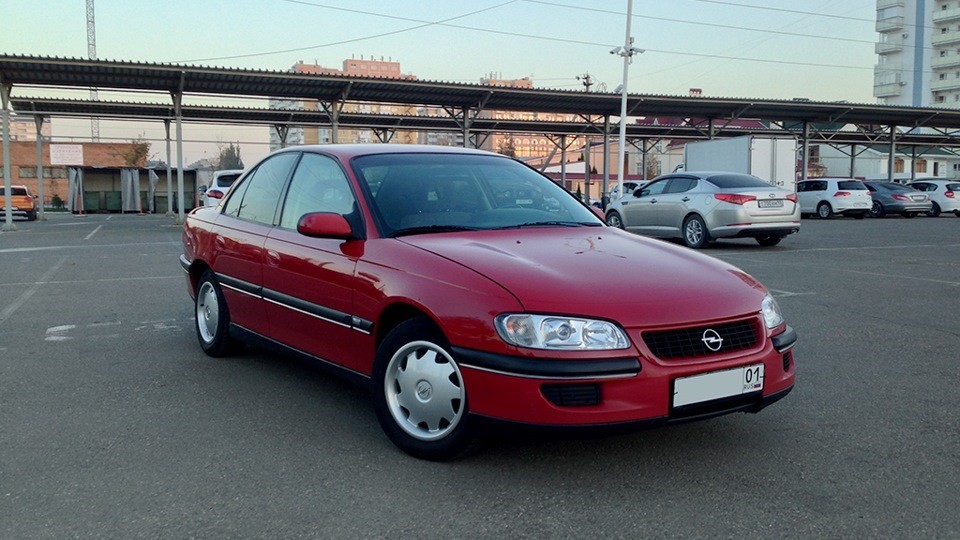
The timing system uses a toothed belt. The main advantage is that there is no threat of deformation of the valves when the belt breaks. All 8-valve engines of the Opel family have this advantage, regardless of the displacement. Thanks to the installation of hydraulic compensators, the valves do not need periodic clearance adjustment.
The range includes models with both manual and automatic transmissions.
Specifications:
| Factory markings | X 20 SE |
|---|---|
| Engine power | 85 kW / 115 hp |
| Engine capacity | 1998 cc cm. |
| Number of cylinders | 4 pieces |
| Number of valves | 8 pieces |
| Engine builder | Opel |
| Compression ratio | 9.5 to 1 |
| Torque | 172 Nm at 2800 RPM (rpm) |
| Bore | 86 mm |
| Piston stroke | 86 mm |
| Root supports | 5 pieces |
| Combustion chamber working volume | 52.58 cc cm. |
| Power Index | 58 h.p. for 1 liter (1000 cc) volume |
Features of operation and repair
The cast-iron cast cylinder block perfectly tolerates temperature changes. As practice shows, it is able to function efficiently even after three major repairs. The distance between the walls of the cylinders allows, if necessary, to bore and sleeve the block. We recommend doing this only as a last resort - from the point of view of careful attitude to technology, it would be better to purchase oversized pistons.
The engine cylinder head is made of aluminium. From this follow all the difficulties associated with this metal. When doing repairs with your own hands, you should definitely show the head to a specialist - a long period of operation causes numerous sagging on the working surface that are not visible to the naked eye. Therefore, even when replacing piston rings, we recommend grinding the cylinder head plane, although the final decision remains with the worker of the repair site.
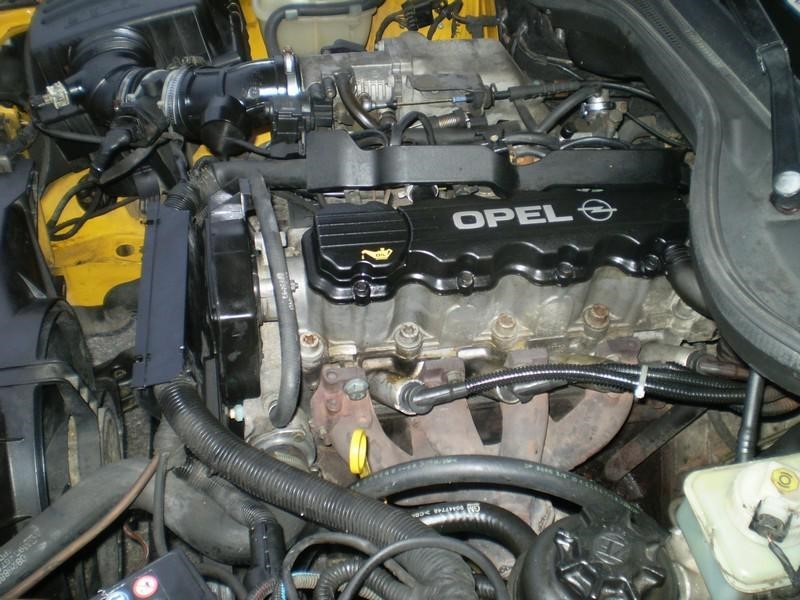
These motors were mainly equipped with a manual gearbox. Fuel consumption indicators, per 100 km of run, are as follows:
- City cycle - 13,5 l;
- Mixed cycle - 8,9 l;
- Track - 7,2 l.
The manufacturer recommends using AI-95 gasoline as fuel.
The motor has a tendency to increase oil burnout during prolonged movement at high speeds. However, if the consumption does not exceed 600 grams per 1000 kilometers, there is nothing to worry about - this rate is set by the engine manufacturer.
Service intervals
The volume of the oil system is 4,5 liters. It is recommended to use synthetic oil with a viscosity of 5w-30. After 300000 km of run, to adjust the oil consumption, you can switch to thicker grades. According to the operating instructions, the engine oil change interval is 15000 km. To increase the service life, it is recommended to reduce the replacement interval to 10000 km.
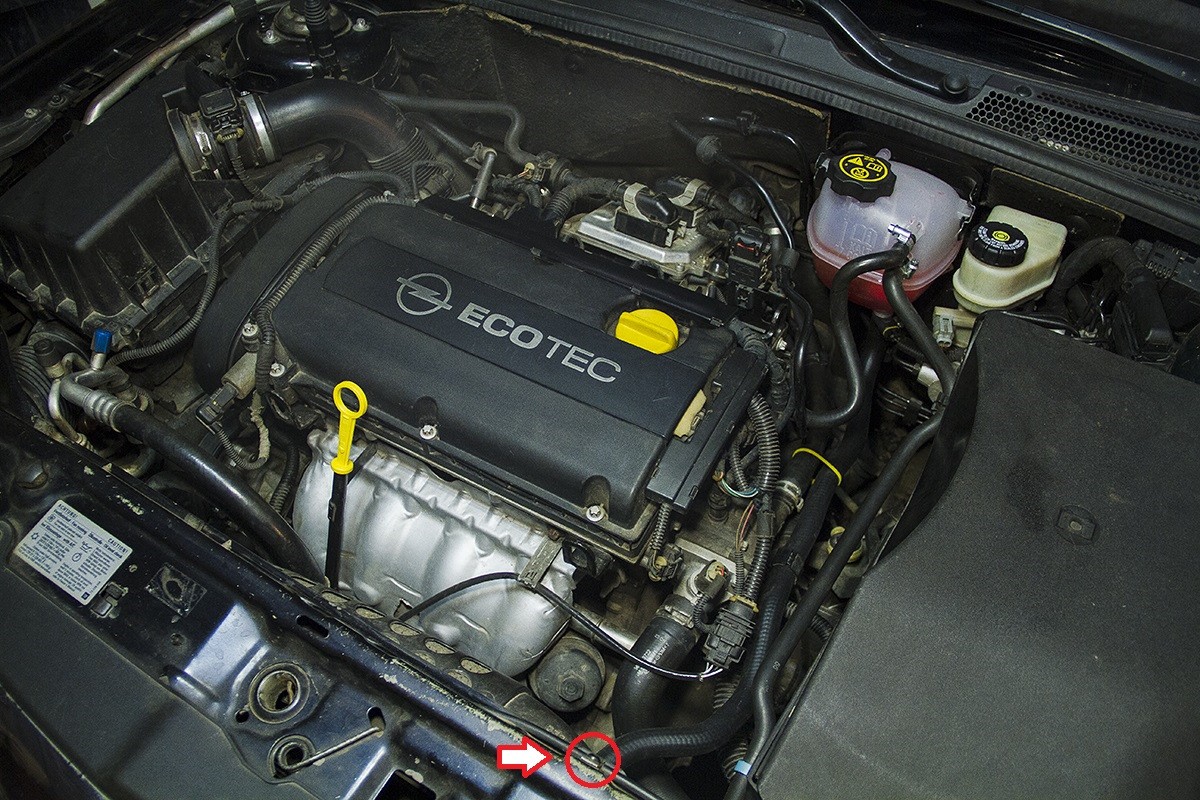
Engine resource
Subject to the use of high-quality fuel and original lubricants, as well as qualified and timely maintenance, the Opel X20SE engine is able to function smoothly up to 500000 km. However, due to the saturation of the domestic market with counterfeit oil and low-quality fuel, many owners carry out routine repairs after 200000 km of run.
Particular attention should be paid to the coolant - the use of low-quality antifreeze negatively affects the internal channels of the cylinder block, which are subject to corrosion processes. If measures are not taken, then the water pump will suffer first of all, the blades of which will quickly fail from constant interaction with metal particles. Long-term operation of low-quality coolant will lead to an irreversible change in the structure of the metal of the water channels.
In especially neglected cases, even flushing the channels at professional service stations will not solve this problem, due to the difficulty of accessing the channels of the block.
When re-registering a car, new owners often face the problem of finding the engine number. It is located at the junction of the motor with the gearbox, on the left side, when viewed in the direction of the car.
Weak spots
By and large, the X20SE ICE is a fairly reliable engine, all the problems of which arise due to natural wear and tear. However, there are some disadvantages that require special attention.
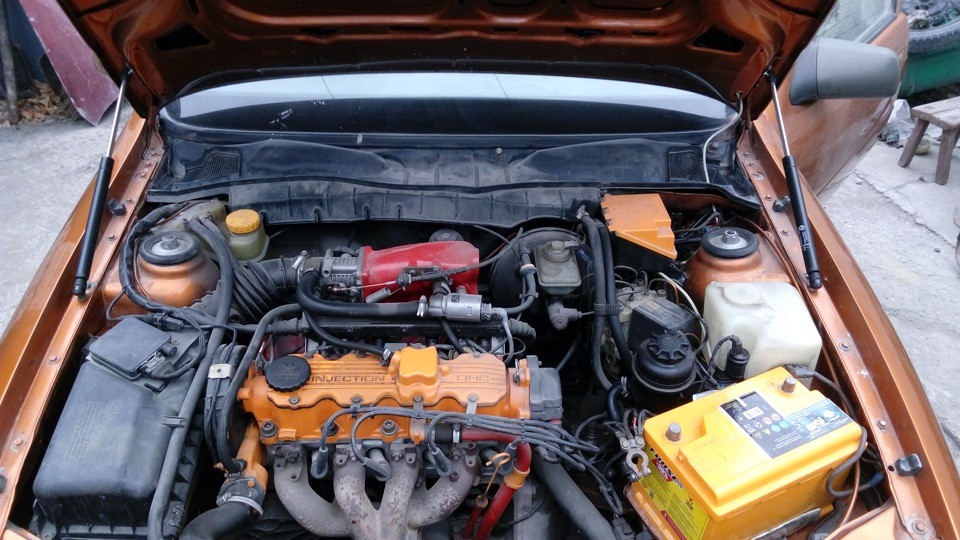
Let's start with the plastic valve cover. During operation, the plastic is deformed. As a result, gaps are formed through which engine oil flows out. Depending on the intensity of the process, there is a real threat of lubricant getting into the candle wells, not to mention the repulsive appearance that the motor acquires after dust and debris settle on the oil surface. A cork gasket planted on a heat-resistant sealant helps to solve the problem. The only drawback of this method is the lack of access to the valve axis - dismantling the cover will be difficult. In addition, you will have to purchase a new seal.
Many motorists have problems with the ignition system - this is expressed in frequent failures, especially in the cold season.
Another common problem is the failure of various sensors. This phenomenon is not associated with the build quality, but with the long-term operation of the units, the period of which has long exceeded fifteen years. When installing gas equipment, owners are faced with a failure of the oxygen sensor (lambda probe). In this case, they prefer to install emulators - they are much cheaper than the original products.
Among the shortcomings, it is worth highlighting the weak landing meta of spark plugs. When replacing them, the maximum permissible tightening torque must not be exceeded. Otherwise, there is a high risk of cracks in the cylinder head, which are almost impossible to eliminate even in repair shops.
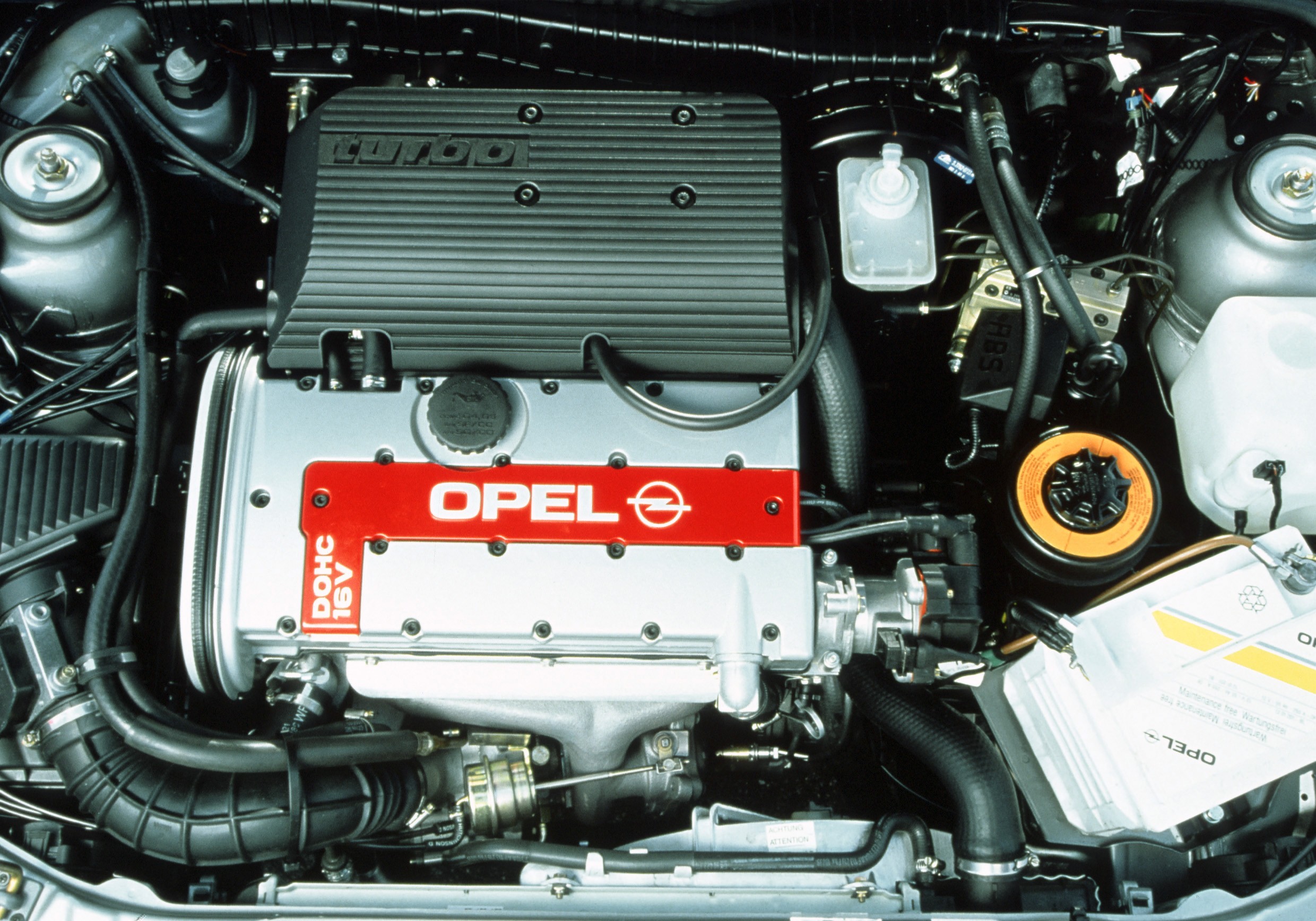
After the first overhaul, there may be problems with the USR exhaust gas valve.
Tuning and SWAPO Opel X20SE
Upgrading this engine does not make sense. Design features allow you to swap to the 16-valve X20XEV. As a result, the user will receive a power unit with a capacity of 136 hp. s., which is 21 liters. With. more than the base model.
To do this, you will have to replace the control unit, flow meter, lambda, ignition coil, crankshaft position sensor, camshaft position sensor, throttle with idle speed control and electrical wiring. All components will cost $ 400-500.
At the same time, the X20SE is a more reliable motor with low noise during operation.
Before performing a major overhaul, many people think about purchasing an assembled ICE - in some situations this is the best solution. Moreover, the search and delivery of the motor will not take much time.
The cost of purchasing a contract engine with a mileage of 100-200 thousand km is $400-600, depending on the region, configuration and mileage. Installation on a car will cost $ 200-250.
Installation of gas equipment
The engine in question works quite well with gas, regardless of its type. The most common is a propane-butane mixture of EURO-4 class. Automatic injection adjustment, if configured by a competent specialist, has practically no effect on the engine resource. The consumption of liquefied gas will be 10-15% higher than the consumption of gasoline.

Experts do not recommend using the second generation HBO, due to the many equipment failures that lead to the failure of various sensors, the cost of which is quite high.
Owner feedback
If you read the reviews of the owners, we can conclude that the Opel X20SE is a reliable engine that works great even on domestic gasoline, which has never been of high quality, especially in small towns. The motor is able to work on the AI-92 without any serious consequences.
The engine is not very agile. It is suitable for drivers with a relaxed driving style.
Conclusion
The engine in question has many fans who appreciate it for its reliability and unpretentiousness in operation. Despite the fact that the last motor left the assembly line back in 1999, its characteristics are still relevant and quite comparable with many modern units.

